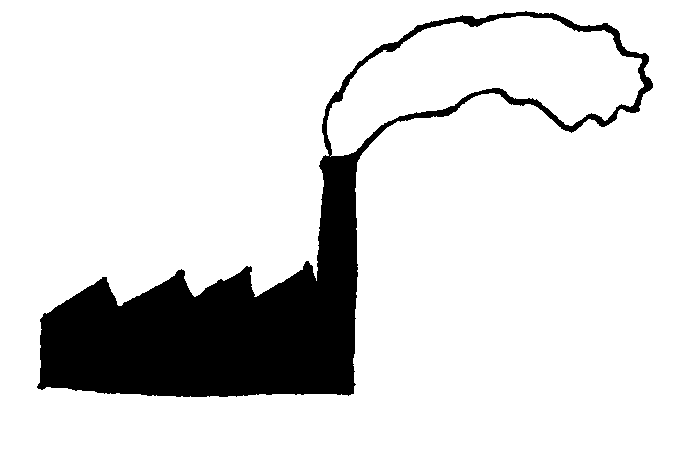|
|
||||||||||||
|
LEAD
Action News Vol 3 no 3 Winter 1995
ISSN 1324-6011 |
||||||||||||
|
About Us
|
by Tara Patel, Paris Canada and Australia have blocked an OECD agreement to reduce the amount of lead in the environment. At a meeting in Paris last month, they rejected a plan backed by the majority of OECD members that would have phased out lead in products such as petrol and paint. Ellen Silbergeld of the Environmental Defense Fund in Washington DC, a member of the US delegation, says that she is "shocked" at the failure to reach agreement. "If the OECD can't take action on lead then it is unlikely it can take action on anything", she says. The clampdown on lead, which was proposed by the US and the European Commission, would have restricted imports of lead soldered cans from developing countries. Officials say a deal would set an important example to other countries. As part of the OECD's programme to reduce the health risks from five toxic chemicals, the European Commission and the US wanted to win a commitment from other members on reducing exposure to lead. They hoped that OECD environment ministers would be able to sign an agreement next February to phase out lead in petrol, virtually eliminate lead in products intended for use by children, such as lead-painted toys, stop the use of lead solder in food and drinks cans, and reduce exposure to lead in paint, ceramics and crystalware. About 64 per cent of the world's lead is produced by OECD countries. Australia is the largest producer, followed by the US. Officials from the Commission and the US say that the talks on lead have not broken down completely, and there is still a chance a deal can be struck before the ministers meet. But officials from the European Commission and the US say that this is not enough. They say they would accept a voluntary plan only if it is part of a stronger political agreement that would require member states to at least recognise the need to take steps to reduce exposure to lead. Industry, on the other hand, with strong backing from Canada and Australia, warned in Paris that it would finance a voluntary plan only if this demand was dropped. A spokesman for the Canadian Department of Foreign Affairs said a voluntary plan involving industry "is the best way to bring about the action we are looking for".
|
|||||||||||
|
About
Us |
bell
system lead poisoning |
Contact Us
| Council
LEAD Project | egroups | Library
- Fact Sheets | Home
Page | Media Releases Newsletters | Q & A | Referral lists | Reports | Site Map | Slide Shows - Films | Subscription | Useful Links | Search this Site |
||||||||||||
|
Last
Updated 16 November 2012
|
||||||||||||

 Industry Blocks International Ban
Industry Blocks International Ban